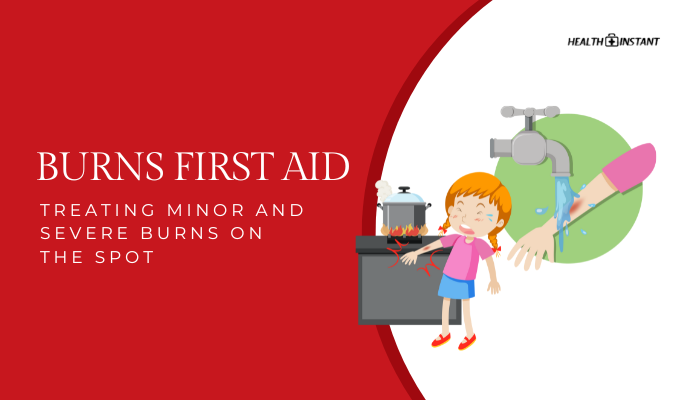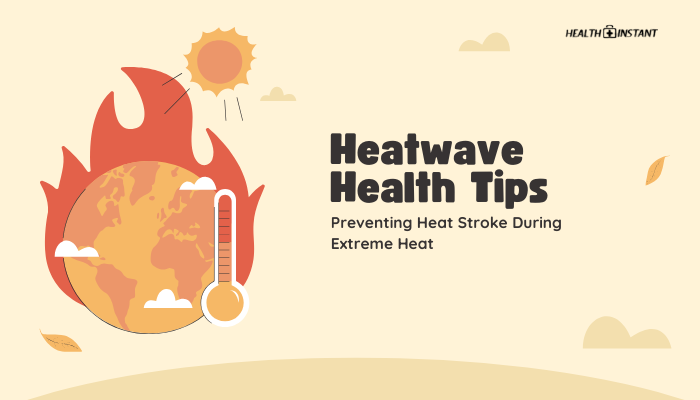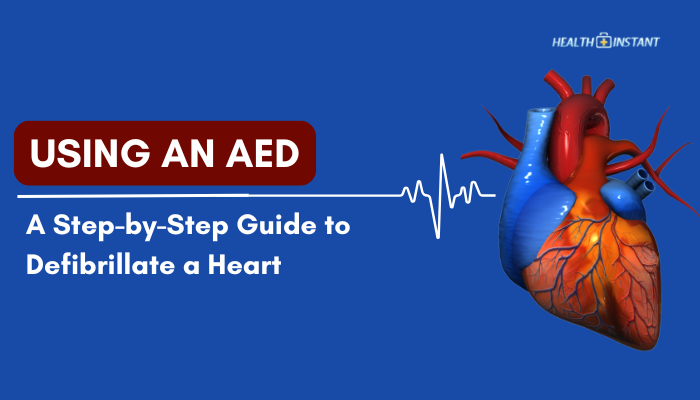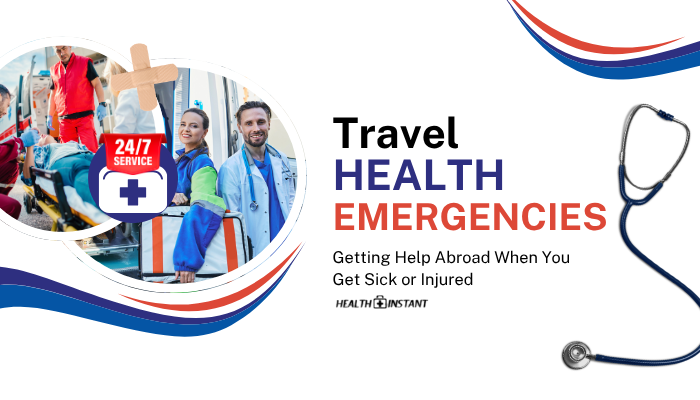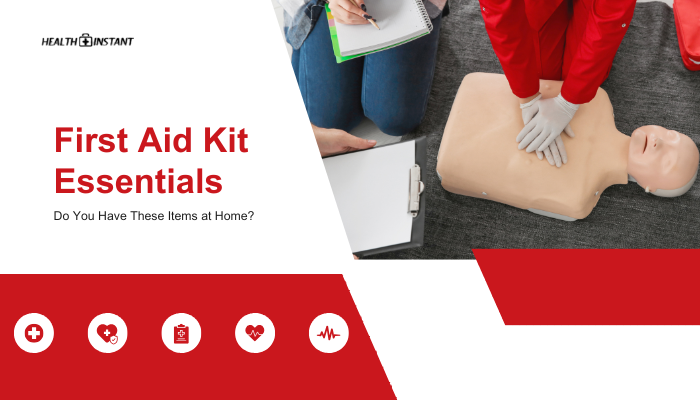Introduction
Burns can happen at home, in the kitchen, around a campfire, or even at the workplace. Whether it’s a minor scald from boiling water or a more severe incident involving chemicals or flames, knowing how to respond on the spot can prevent further injury and minimize complications. This guide outlines the fundamentals of first aid for both minor and serious burns, plus key indicators for when urgent medical attention is necessary.
Types of Burns
- First-Degree Burns (Superficial)
- Affect only the top layer of skin (epidermis).
- Symptoms: Redness, mild swelling, tenderness, and pain (similar to a sunburn).
- Affect only the top layer of skin (epidermis).
- Second-Degree Burns (Partial Thickness)
- Extend into the dermis (second layer of skin).
- Symptoms: Blistering, significant pain, and possible weeping of fluids.
- Extend into the dermis (second layer of skin).
- Third-Degree Burns (Full Thickness)
- Involve all skin layers, potentially reaching fat or deeper tissues.
- Symptoms: Skin appears white, charred, or leathery, sometimes with little pain if nerve endings are damaged.
- Involve all skin layers, potentially reaching fat or deeper tissues.
Immediate Steps for Any Burn
- Stop the Burning Process
- Move the person from the source of heat or remove the hot object, if safe.
- Extinguish any flames on clothing with water or by rolling the person on the ground.
- Move the person from the source of heat or remove the hot object, if safe.
- Cool the Burn
- Run cool (not icy) water over the area for 10–20 minutes.
- This step eases pain and prevents the burn from worsening.
- Run cool (not icy) water over the area for 10–20 minutes.
- Remove Constrictive Items
- Gently take off jewelry or tight clothes before swelling intensifies.
- Gently take off jewelry or tight clothes before swelling intensifies.
- Protect Yourself
- Use gloves or a cloth to handle contaminated clothing if chemicals are involved.
- Avoid inhaling smoke from electrical or chemical burns.
- Use gloves or a cloth to handle contaminated clothing if chemicals are involved.
Treating Minor Burns
A first-degree or mild second-degree burn (small area) typically qualifies as minor. Steps:
- Continue Cooling
- Keep the burn under running water or apply a cool compress for a total of 10–20 minutes.
- Keep the burn under running water or apply a cool compress for a total of 10–20 minutes.
- Clean Gently
- Use mild soap and water if needed, ensuring not to break any blisters.
- Use mild soap and water if needed, ensuring not to break any blisters.
- Apply a Non-Stick Dressing
- Sterile gauze or a specialized burn dressing can protect from infection.
- Avoid using cotton that can stick to the wound.
- Sterile gauze or a specialized burn dressing can protect from infection.
- Use Appropriate Ointment (Optional)
- Products like aloe vera gel or antibiotic ointments can promote comfort and healing.
- Skip greasy home remedies (e.g., butter) that may trap heat.
- Products like aloe vera gel or antibiotic ointments can promote comfort and healing.
- Manage Pain
- Over-the-counter pain relievers (acetaminophen, ibuprofen) help reduce discomfort.
Handling Severe Burns
Second-degree burns over large areas or third-degree burns demand immediate professional care. Meanwhile:
- Continue Cool Water
- Rinse large burned areas or flush chemical burns carefully, avoiding abrupt temperature changes that can cause shock.
- If water can’t reach deep charred areas, gently cover them with a cool, moist cloth.
- Rinse large burned areas or flush chemical burns carefully, avoiding abrupt temperature changes that can cause shock.
- Don’t Apply Ice Directly
- Ice can further damage tissue. Stick to cool water or compresses.
- Ice can further damage tissue. Stick to cool water or compresses.
- Cover with a Dry, Non-Stick Dressing
- A sterile sheet or dressing is best.
- Do not apply ointments, lotions, or adhesives on full-thickness burns.
- A sterile sheet or dressing is best.
- Elevate Burned Limbs
- If possible, to reduce swelling.
- If possible, to reduce swelling.
- Watch for Shock
- Signs include pale skin, rapid pulse, weakness, or confusion.
Additional Aftercare and Monitoring
- Keep It Clean: Change dressings at least once a day or if wet/soiled.
- Stay Alert for Infection: Redness, swelling, pus, or fever signals a need for medical attention.
- Stay Hydrated: For substantial burns or widespread second-degree burns, hydration helps healing.
- Follow Up with a Professional: Even minor burns on sensitive areas (face, joints, genitals) may require specialized care.
When to Seek Professional Help
Call emergency services or seek care if:
- The burn is large (covering more than 3 inches in diameter) or is on a critical region (face, hands, feet, groin).
- It’s a third-degree burn or an electrical/chemical burn.
- You observe signs of infection or delayed healing.
- The burn results from an explosion or severe trauma.
Better to err on the side of caution if you’re uncertain about the severity.
Conclusion
Burn first aid varies with severity, but a fundamental approach—cool water, gentle protection, and watchful waiting—applies to most cases. For minor burns, self-care at home with appropriate ointments and dressings typically suffices. Severe burns, however, can be life-altering without prompt and professional medical care. Knowing these steps ensures you can handle an emergency calmly and effectively, from the initial burn to the ultimate healing and follow-up needed for a complete recovery.
References
- American Red Cross. (2021). First aid steps for burns.
- Mayo Clinic. (2022). Guidelines for burn care and management.
- World Health Organization (WHO). (2019). Burns: factsheet and global health recommendations.
- Centers for Disease Control and Prevention (CDC). (2020). Burn injury and prevention.
Disclaimer: This content is intended for educational purposes and does not replace professional medical advice. In any doubt, consult healthcare professionals or seek immediate treatment for serious burns.

